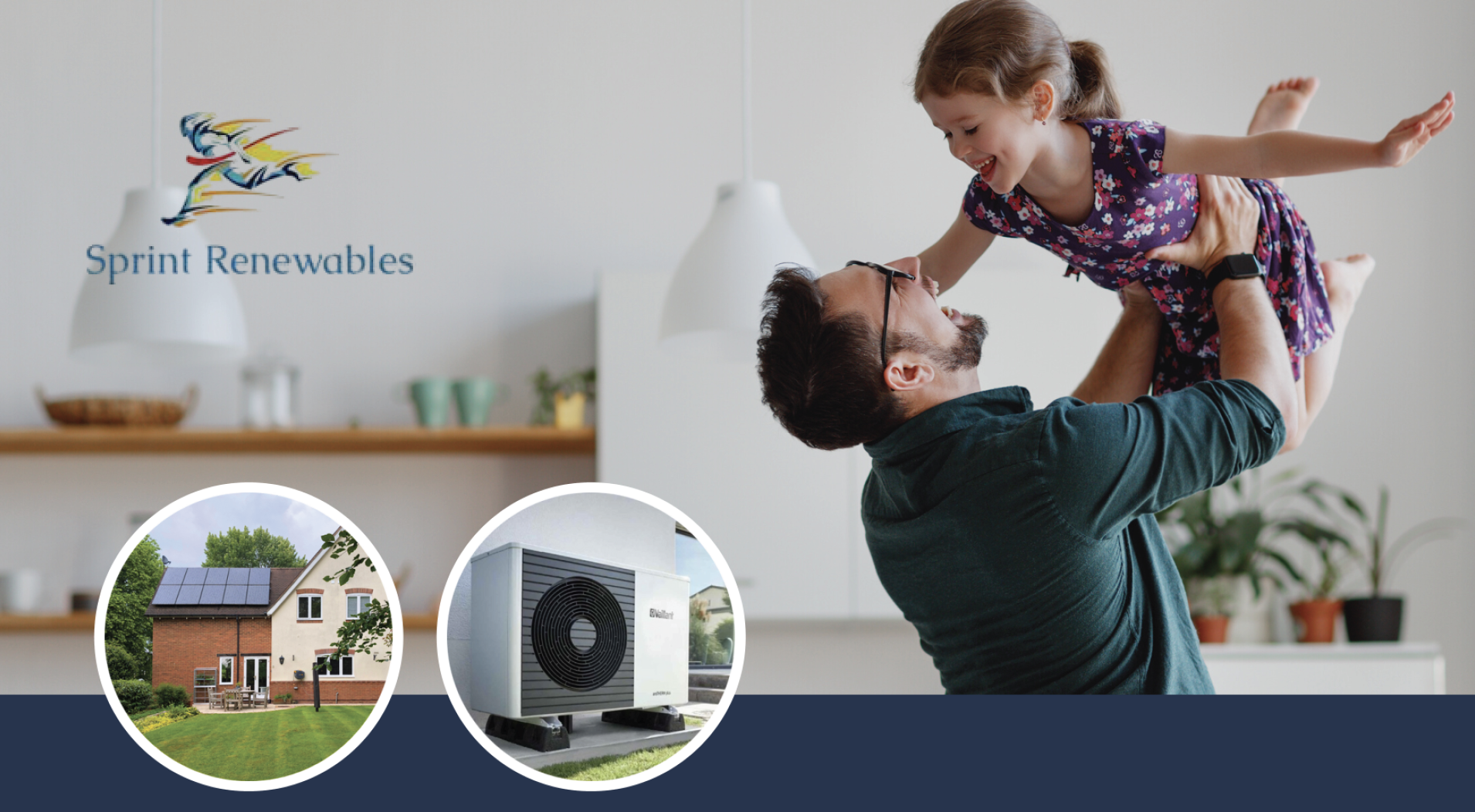
Arbed arian ar eich biliau ynni nawr! Gwnewch gais am bwmp gwres ffynhonnell aer am ddim a PV solar
Pam ydw i eisiau un?
Arbed arian am ddim a threchu codiad pris mis Hydref! Gostyngwch eich biliau ynni trwy newid eich systemau gwresogi trydan Olew, LPG ac Aneffeithlon i bwmp gwres ffynhonnell aer a PV solarBeth yw'r manteision?
Incwm y cartref yn llai na £31,000 Credyd Pensiwn Lwfans cyflogaeth a chymorth ar sail incwm Lwfans ceisio gwaith yn seiliedig ar incwm Cymhorthdal incwm Credydau treth gwaith a phlant Credyd cynhwysol Budd-dal tai Cymorth treth gyngor Cronfa gymdeithasol
Sut ydw i'n gymwys?
Household income less than £31,000
Pension Credit
Income-related employment and support allowance
Income-based jobseekers allowance
Income support
Working and child tax credits
Universal credit
Housing benefit
Council tax support
Social fund
